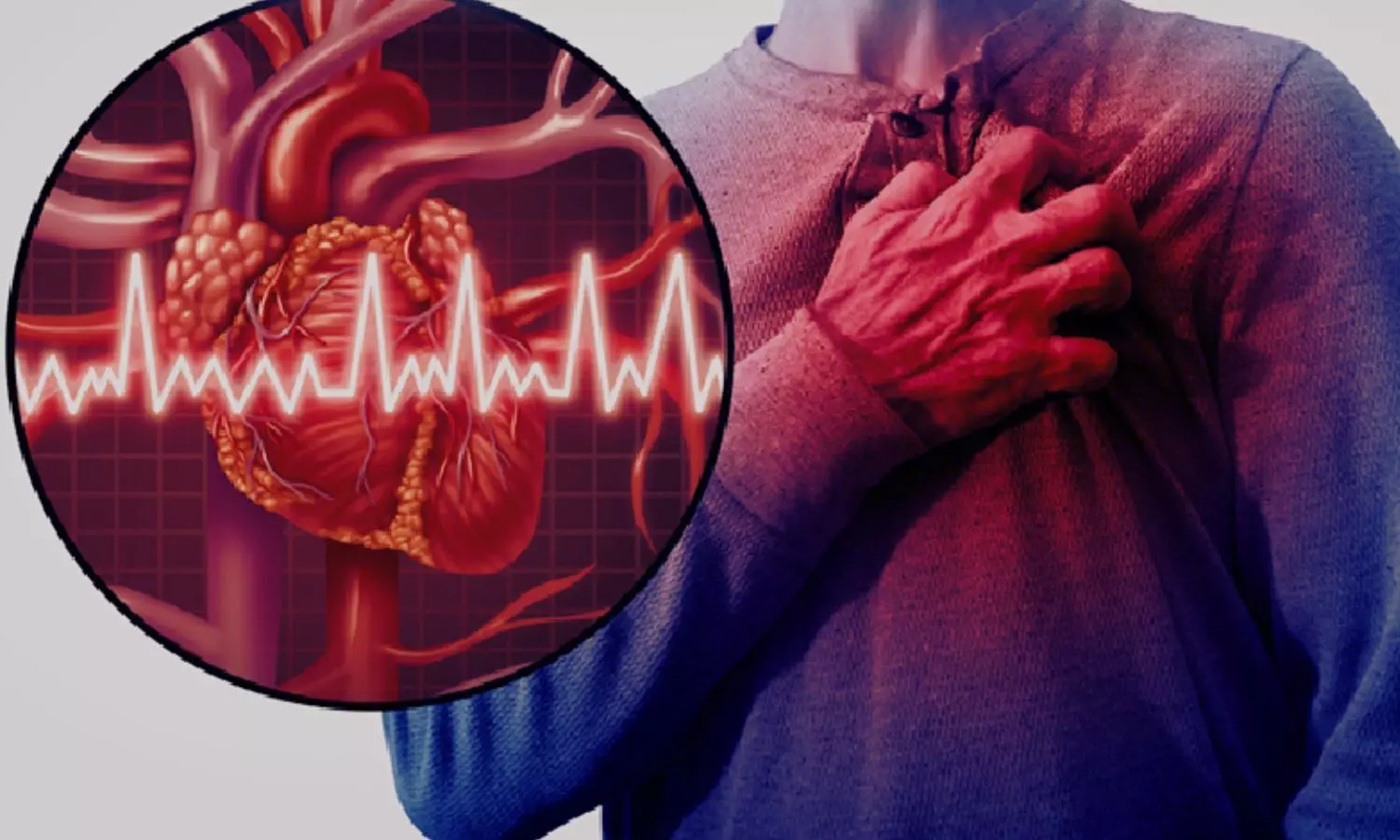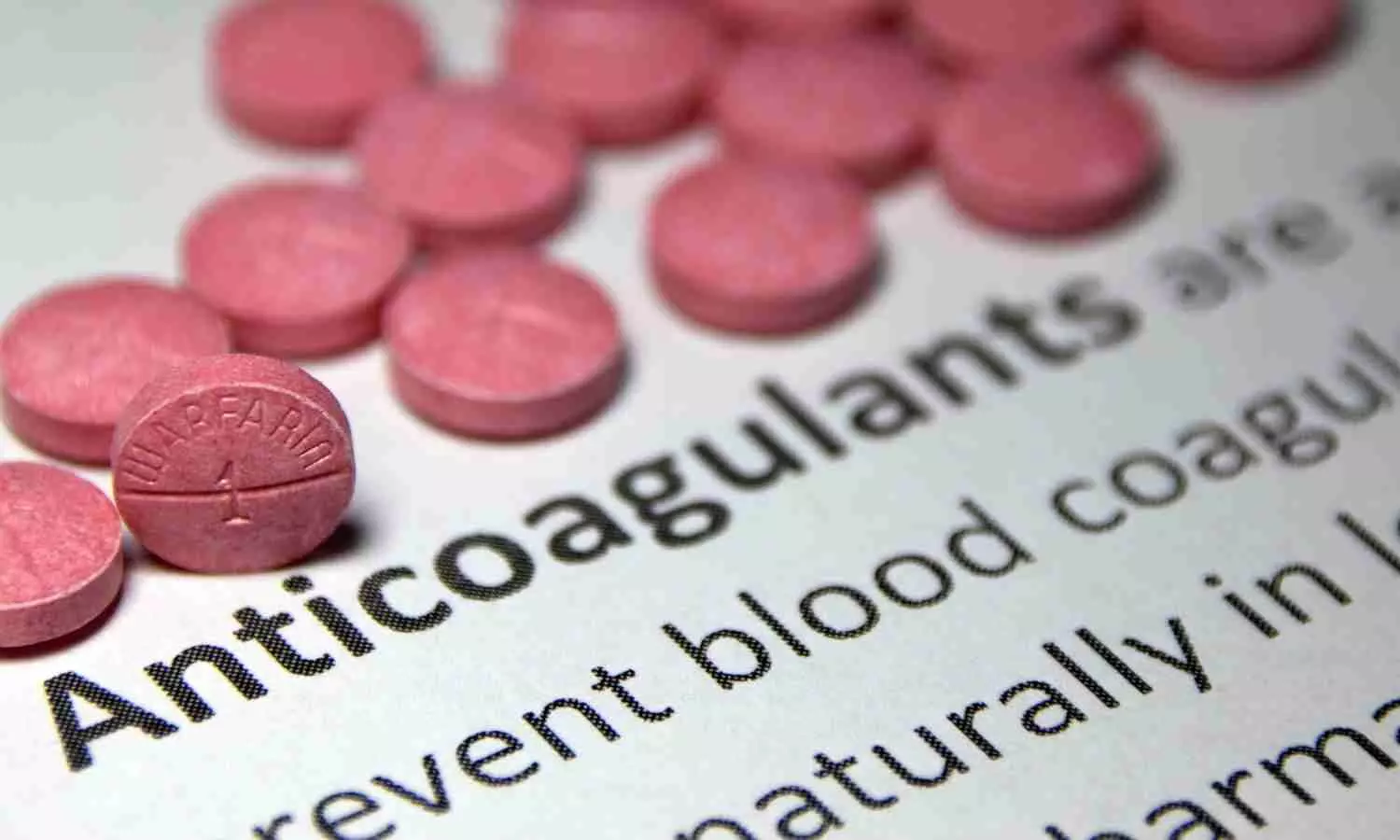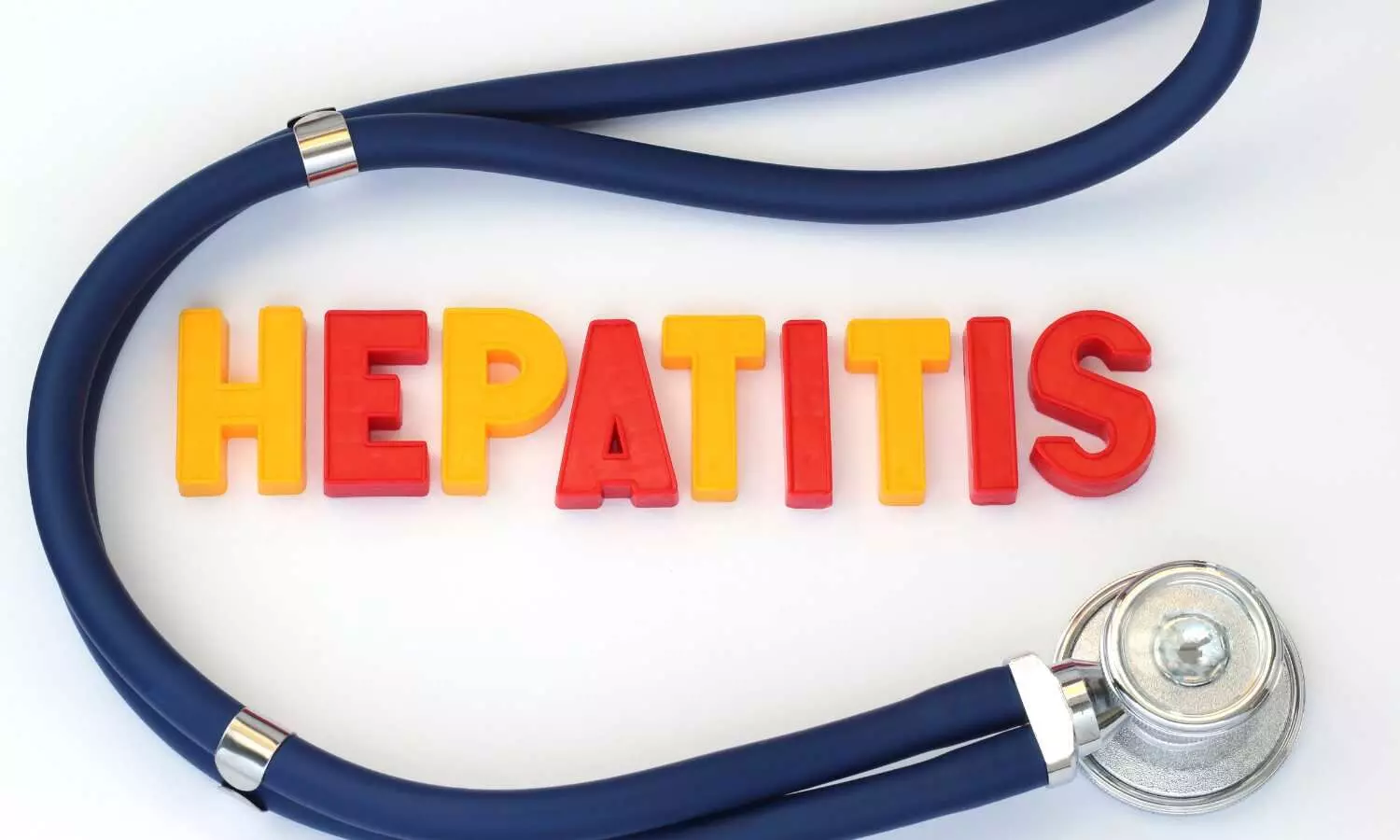More than a decade of new knowledge about neurodevelopmental risk in people with congenital heart disease has changed the thinking about who is most at risk and the factors that impact neurological development, learning, emotions and behaviors, according to a new American Heart Association scientific statement published today in the Association’s flagship, peer-reviewed journal Circulation.
Congenital heart disease, defined as structural abnormalities in the heart or nearby blood vessels that arise before birth, is the most common birth defect. While advances in treatment have helped more than 90% of people with congenital heart disease in developed countries live to adulthood, the risk of neurodevelopmental issues when individuals have a more severe form of congenital heart disease has not meaningfully improved.
The new scientific statement, “Neurodevelopmental Outcomes for Individuals With Congenital Heart Disease: Updates in Neuroprotection, Risk-Stratification, Evaluation, and Management,” describes the significant advancement in understanding the impact of congenital heart disease on an individual’s development, learning, emotions and behaviors throughout childhood and adulthood.
“Neurodevelopmental difficulties are among the most common and enduring complications faced by people with congenital heart disease. These difficulties can affect a person’s ability to function well at school, at work or with peers, and can affect health-related quality of life throughout childhood and into adulthood,” said Vice Chair of the writing statement group Erica Sood, Ph.D., a senior research scientist and pediatric psychologist at Nemours Children’s Health, Delaware Valley. “It is important for health care professionals and individuals with congenital heart disease and their families to understand how common neurodevelopmental difficulties are. It is also important to understand what places a person with congenital heart disease at high-risk for these difficulties, as well as how these difficulties can be prevented or managed.”
The statement includes updated guidance for health care professionals on how to identify which patients are at high-risk for neurodevelopmental difficulties and what type of evaluations may be helpful to better understand these difficulties. Optimizing neurodevelopmental outcomes through clinical care and research has become increasingly critical since more patients are surviving into adulthood.
The key findings of the statement include:
- The algorithm for risk stratification of people with congenital heart disease into high or low risk for developmental delays or disorders has been revised to reflect the latest research.
- The statement suggests health care professionals sequentially review three risk categories: Risk Category 1 includes patients with a history of cardiac surgery with cardiopulmonary bypass during infancy. Risk Category 2 is people with a history of chronic cyanosis, those with blue or purple discoloration due to low blood-oxygen levels, who did not undergo cardiac surgery with cardiopulmonary bypass during infancy. Risk Category 3 has two criteria. The first criterion for Risk Category 3 is a history of an intervention or hospitalization secondary to congenital heart disease in infancy, childhood or adolescence. The second criterion is the presence of one or more factors known to increase neurodevelopmental risk.
- The statement features an updated list of factors known to increase neurodevelopmental risk, including genetic, fetal and perinatal impact, surgical aspects of treatment and care, socioeconomic and family influences and factors related to growth and development. For example, genetic variants that may alter fetal development of the heart, brain and other organs cause up to nearly a third of congenital heart disease cases.
- There is a new section on emerging risk factors, such as abnormal placental development, prolonged or repeated anesthetic exposure and exposure to neurotoxic chemicals.
- In addition, there is a new section on neuroprotective strategies, including detection of congenital heart disease before birth, monitoring of brain blood flow and the delivery of oxygen, and functional support care, such as physical therapy, occupational therapy and speech-language pathology.
- The statement provides updated information about referral to age-based evaluation of people with congenital heart disease at high risk for developmental delay or disorder. The statement refers to guidance from the Cardiac Neurodevelopmental Outcome Collaborative, which recommends that children with congenital heart disease at high risk for developmental delay or disorders have neurodevelopmental assessments throughout infancy, childhood and adolescence.
- The statement also provides updated information about management of developmental delay or disorder in infants, children and adolescents, and a new section on management of neuropsychological deficits in adults.
“Reducing barriers that people with congenital heart disease and their families often face when trying to access neurodevelopmental supports and services, and ensuring sufficient research funding are priority areas for future policies,” said Chair of the statement writing group Bradley S. Marino, M.D., M.P.P., M.S.C.E., M.B.A., FAHA, chief of cardiology and cardiovascular medicine at Cleveland Clinic Children’s. “More research will result in a better understanding of how to prevent and manage neurodevelopmental conditions related to congenital heart disease, which will ultimately improve neurodevelopmental outcomes and health-related quality of life for people with congenital heart disease across their life span.”
Reference:
Erica Sood, Jane W. Newburger, Julia S. Anixt, Adam R. Cassidy, Jamie L. Jackson, Richard A. Jonas, Amy J. Lisanti, Keila N. Lopez, Shabnam Peyvandi, Bradley S. Marino, Neurodevelopmental Outcomes for Individuals With Congenital Heart Disease: Updates in Neuroprotection, Risk-Stratification, Evaluation, and Management: A Scientific Statement From the American Heart Association, Circulation, https://doi.org/10.1161/CIR.0000000000001211.












